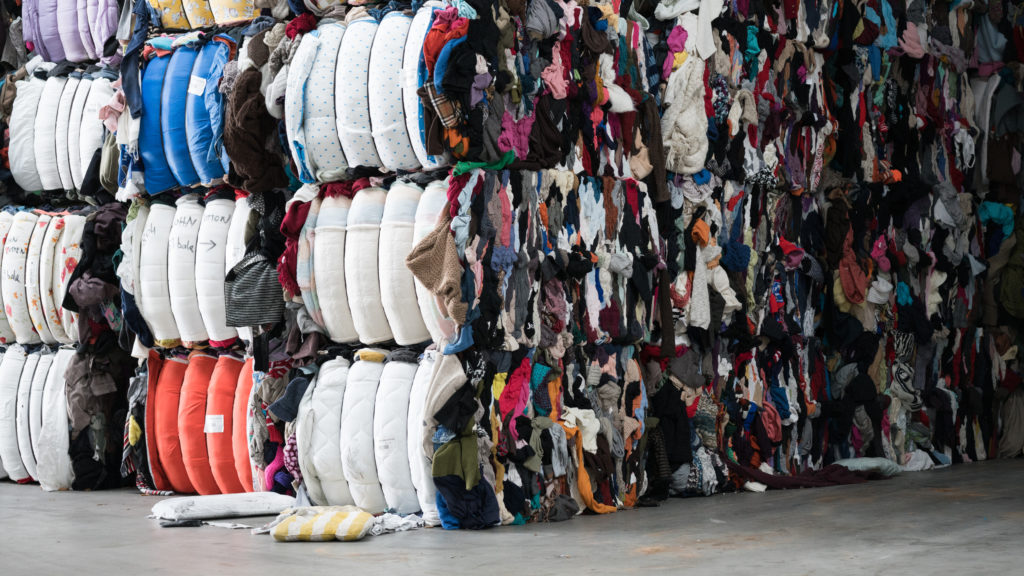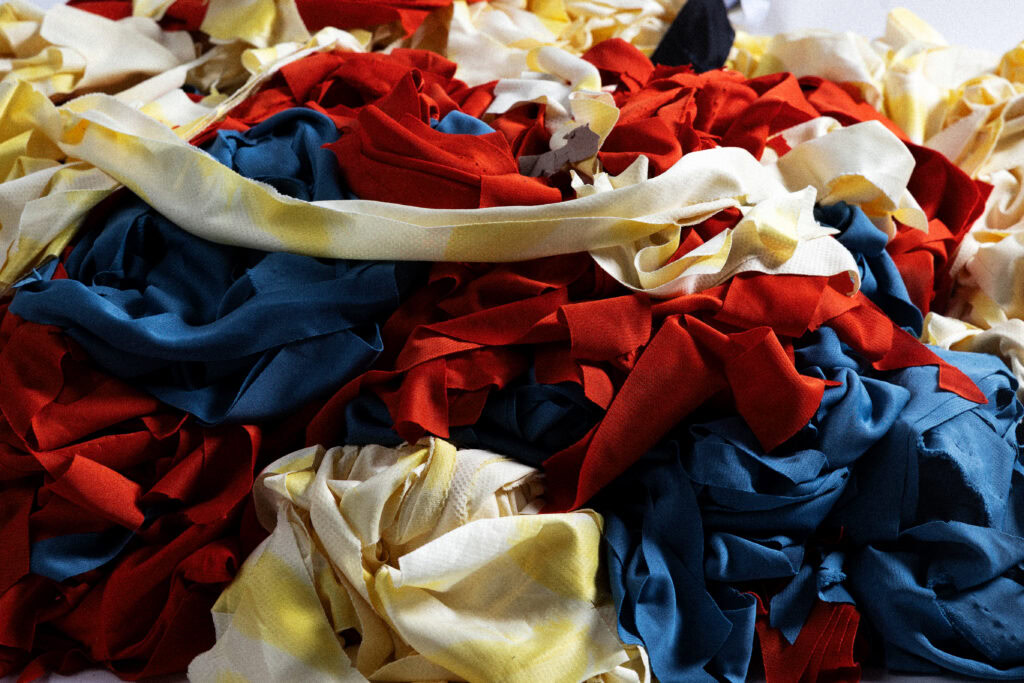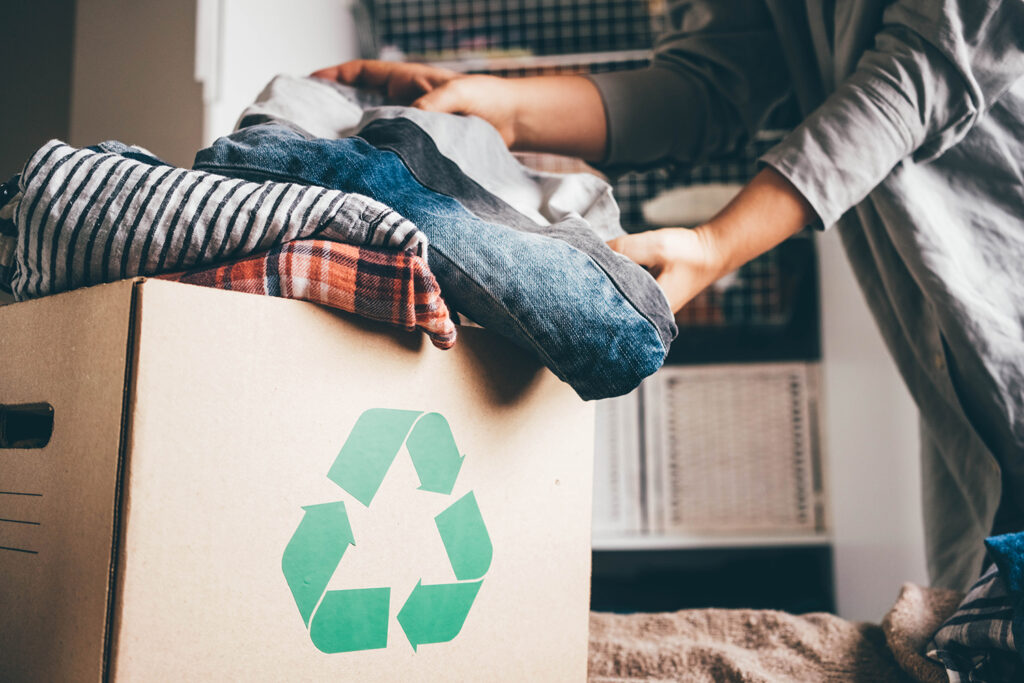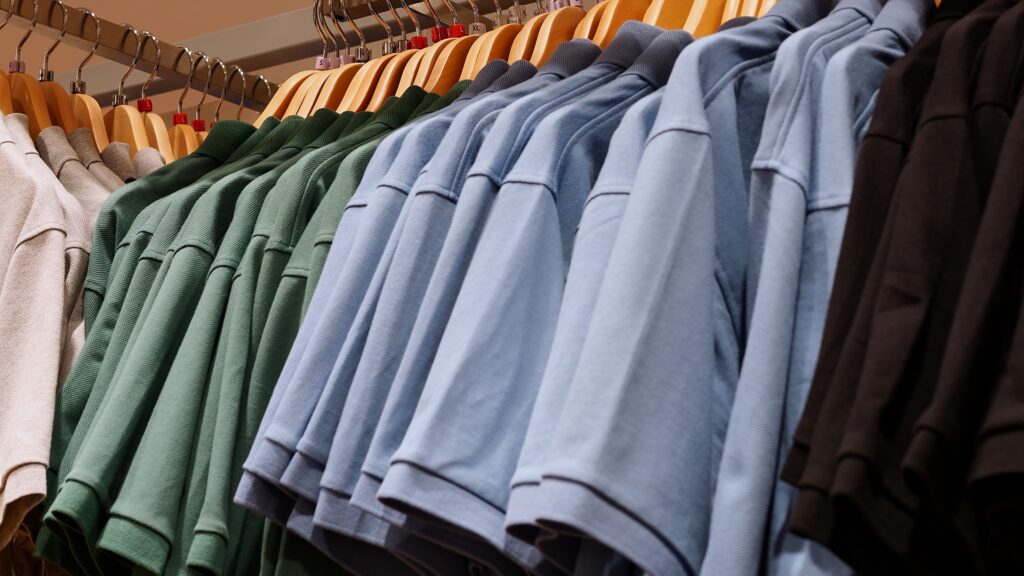The European Recycling Industries’ Confederation (EuRIC) has issued the warning following a briefing on EU trends on exports of used textiles published by the European Environment Agency (EEA). EuRIC is the umbrella organisation for the recycling industries in Europe and includes the UK’s Recycling Association as a member.
The briefing highlights that there is currently no distinction between textile waste and second-hand textiles in EU product classifications used for export declarations and statistical declaration for trade. EuRIC noted this as a “significant shortcoming” which may lead to inaccurate statistics on exports of ‘used clothing’.
Briefing
The document also revealed that the amount of used textiles exported from the EU has tripled over the last two decades from slightly over 550,000 tonnes in 2000 to almost 1.7 million tonnes in 2019. It then warned that the fate of used textiles exported from the EU is “highly uncertain”.
According to the briefing, 2019 saw 46% of used textiles end up in Africa. While these go primarily towards local reuse due to demand, what is not fit for reuse mostly ends up in open landfills and informal waste streams, EEA warned.
The warning from EuRIC arrives amid a flurry of national media reports about textile waste exports ending up being burnt or dumped in developing countries.
Distinction
Mariska Boer, president of the EuRIC textile branch, explained that the organisation fully supports the EU’s intention to develop specific EU criteria to distinguish between waste and second-hand textiles and are encouraged to see this acknowledged in the EEA briefing.
However, she pointed out the need for the European Commission “to urgently establish a distinction”. “Additionally, we support the introduction of measures, including fiscal initiatives, to strengthen the market for textile reuse and scale up recycling in the EU,” Ms Boer said.
Environmental impact
EuRIC has recently commissioned a study assessing the environmental impact of producing new textiles in comparison to reuse. This has found that the production of new garments results in 70 times more environmental damage compared to reuse, even in the case of accounting for export-related emissions.
The study also showed that each reused item of clothing saves 3 kilograms of carbon emissions, reiterating that reuse is the most environmentally friendly option in terms of treatment of collected textile waste (see letsrecycle.com story).
However, the organisation stated that to enable a circular economy for textiles, it is “of utmost importance” that extensively sorted textiles are exported outside of the EU for reuse and that European and global recycling capacities are scaled up.









Subscribe for free